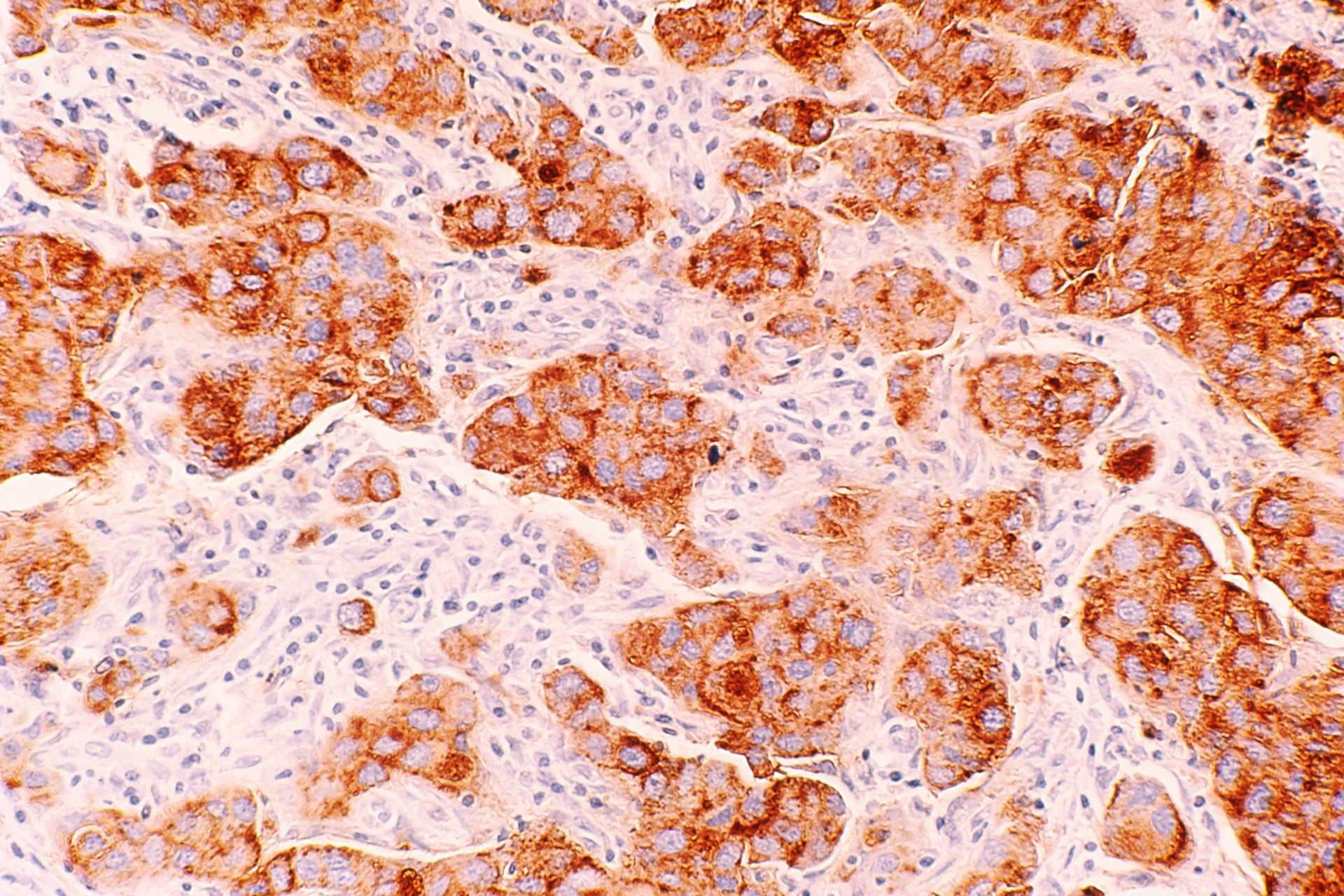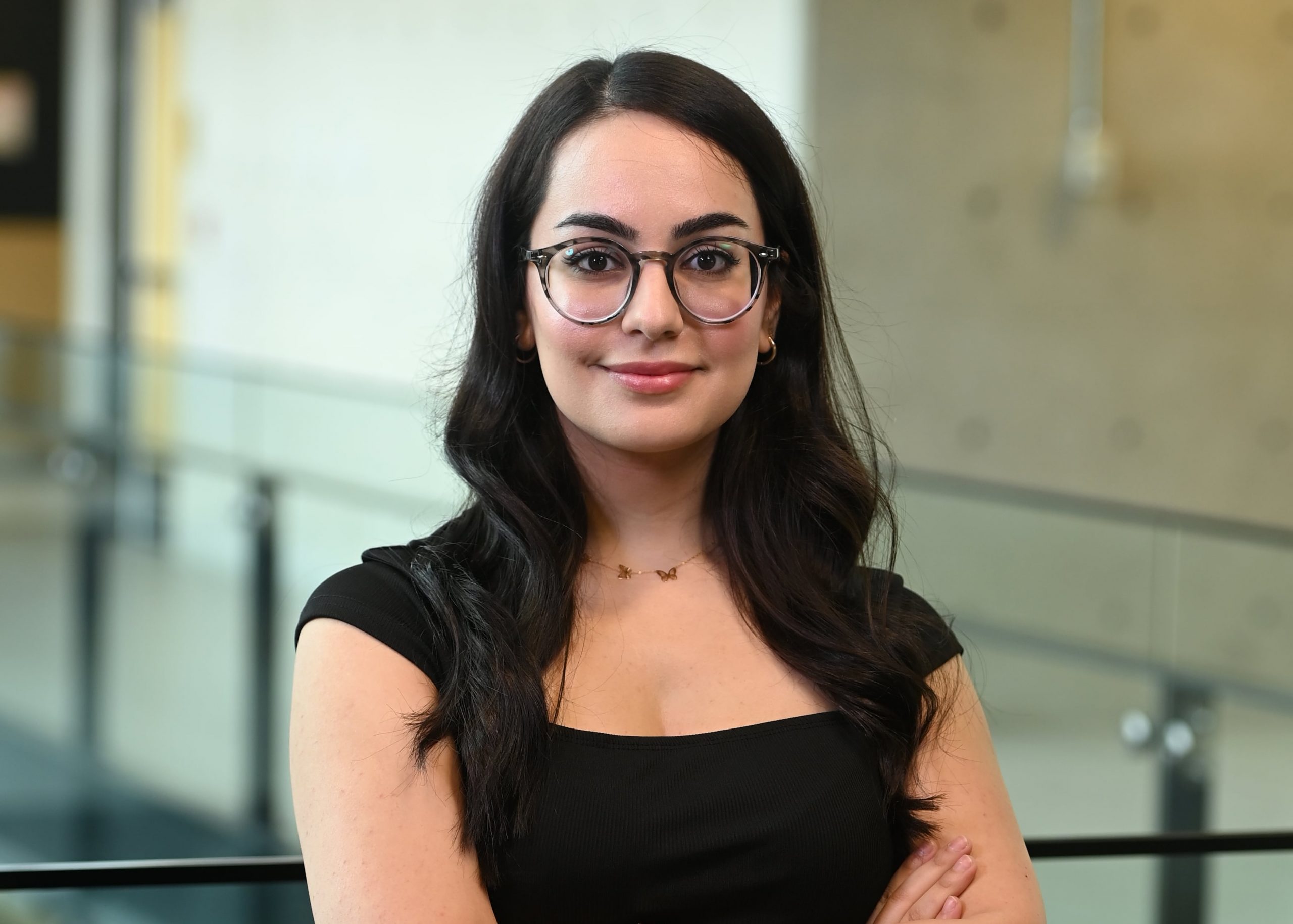
“You have breast cancer.”
Imagine hearing that from your doctor, how would you react?
The words can feel like a punch to the gut. Fear, uncertainty, and a whirlwind of questions immediately follow. Like many, I found myself paralyzed by fear when considering the possibility. What is breast cancer, really? How is it treated? Is there any hope? My search for these answers led me to research the science behind this disease. In my series of posts with OpenThink, I hope to take you through what breast cancer really is and hopefully replace some of that fear with understanding. In this post I want to first introduce you to some of the terminology and science behind the disease.
So, what really is cancer? Cancer is the uncontrolled growth and division of abnormal cells in the body – referred to as a tumor. These cells can grow where they shouldn’t and, if not caught early, can spread to other parts of the body – a process known as metastasis. In breast cancer, this process typically begins in the ducts or lobules of the breast, where they would form a “lump” (tumor).
What turns a normal cell into a cancer cell? Well, this doesn’t just happen overnight it’s a complex process and it takes time.
Cancer cells develop due to changes in their:
-DNA – which acts like an instruction manual for our cells
-Gene expression – the chapters of the instruction manual
-Protein expression – the building blocks of our cells
DNA is why the cells that make up our skin are very different than the cells that make up our stomach, they have different instructions. When DNA gets changed, we call them mutations, and it leads to changes in the cells function, often leading to the abnormal growth of cells.
Some people are born with mutations but often these mutations are just acquired overtime. In breast cancer specifically, genetic tests can be performed to look for mutations in BRCA1 and BRCA2 genes, both common mutations in around 5-10% of breast cancers, especially if you have a family history of the disease.
There are many other factors that allow cancer cells to survive and grow in our body. One key factor is their ability evade our immune system – which acts like the body’s police force. Even though cancer cells have multiple mutations causing them to grow out of control, they can develop ways to hide from or suppress immune responses. This allows them to continue growing unchecked.
Another fascinating aspect of cancer, particularly when cells form a tumor, is its chaotic structure. Because tumors grow so rapidly, their internal structure is often disorganized. The blood vessels that supply the tumor with nutrients are formed quickly and often described as “leaky” or “unfinished.” This irregular blood supply can actually make it challenging to deliver treatments effectively to all parts of the tumor, but recent scientific developments have been made to try and use this “leakiness” to researchers’ advantage by using little pieces of gold to deliver medications.
These characteristics – evading the immune system and forming irregular blood vessels – are part of what makes cancer so complex and challenging to treat. However, understanding these features also helps researchers develop new strategies to combat the disease more effectively.
I hope to dive into more of the “How” behind breast cancer in my future posts and discus some of the new and novel areas of research.
But for now, I want to leave you with this statistic from the Canadian cancer society, the five-year survival of a breast cancer diagnosis is around 90% for women and the general public’s chance of developing breast cancer is 13%.
Photo by National Cancer Institute on Unsplash









